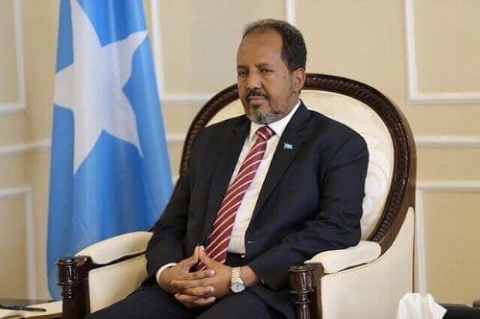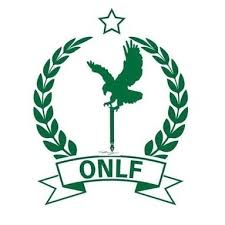Who Owns the Ethiopian Nation-State?
Part I: Definition, theories and a model for the nation-state
Dr. Udub M. Mukhtar, PhD
November 6, 2012
 While the Ethiopian reformation in 1991 from old imperial and militarist order to a federal framework is a step towards modernization, Ethiopia is still controlled by a minority bent on creating and recreating token ownership of the nation-state through puppet ethnic groups. Because of its insecurity, the TPLF has been violating basic human, political, economic, and environmental rights. Despite claims of federalism and democratic pretension, Ethiopia has not properly addressed concerns for the devolution of power, prevention of tyranny, and equitable allocation of resources. Ethiopia has not yet allowed the separation of legislative, executive and judicial matters. National struggles for self-determination and freedom among non-Abyssinian ethnic groups or demands for democracy among former ruling Abyssinian ethnic groups who feel alienated from the current system are at their peak. Ethiopia contemplated genocide on the people of Somali Ogaden with its strategic starvation and has massacred peaceful demonstrators. The people, with the help of the international community, may chart new roadmaps for co-owning the Ethiopian nation-state. The country may disintegrate without concrete steps towards collective ownership of the nation-state.
While the Ethiopian reformation in 1991 from old imperial and militarist order to a federal framework is a step towards modernization, Ethiopia is still controlled by a minority bent on creating and recreating token ownership of the nation-state through puppet ethnic groups. Because of its insecurity, the TPLF has been violating basic human, political, economic, and environmental rights. Despite claims of federalism and democratic pretension, Ethiopia has not properly addressed concerns for the devolution of power, prevention of tyranny, and equitable allocation of resources. Ethiopia has not yet allowed the separation of legislative, executive and judicial matters. National struggles for self-determination and freedom among non-Abyssinian ethnic groups or demands for democracy among former ruling Abyssinian ethnic groups who feel alienated from the current system are at their peak. Ethiopia contemplated genocide on the people of Somali Ogaden with its strategic starvation and has massacred peaceful demonstrators. The people, with the help of the international community, may chart new roadmaps for co-owning the Ethiopian nation-state. The country may disintegrate without concrete steps towards collective ownership of the nation-state.
In this seminal paper, Dr. Udub discusses issues pertinent to the very ownership of a nation-state and describes his unique and novel definition for the nation-state and then defines his model, or operational expectations of a nation-state, and the practice of nation and institution building in Ethiopia against this model. The paper also reviews the different underlying theories of nations, nationalism, and the nation-state and their shortcomings in the context of African societies.
You can access the full paper at this link:
Research Paper: Who Owns the Ethiopian Nation-State?
ONA.




Comments are closed
Sorry, but you cannot leave a comment for this post.